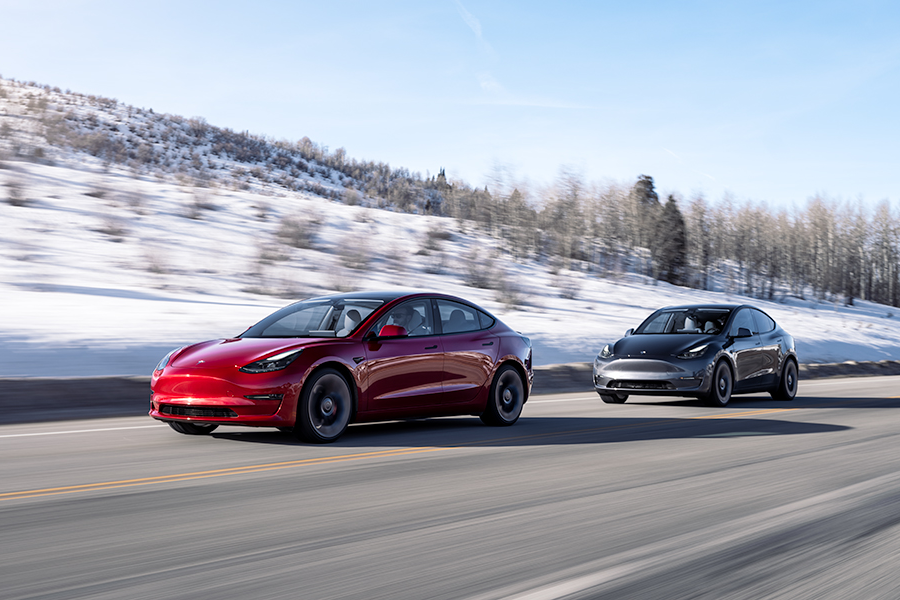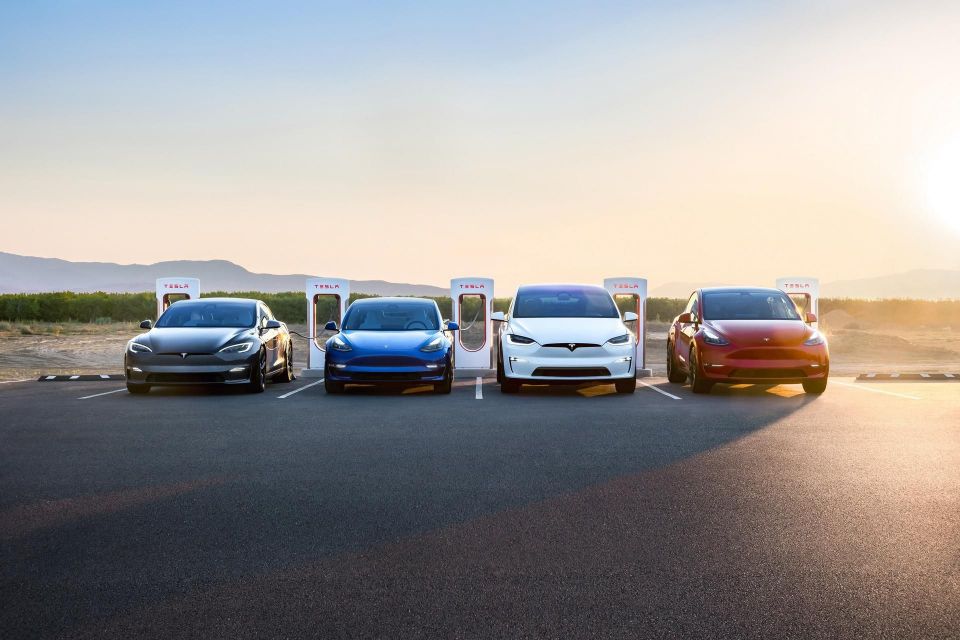

CarExpert.com.au
The CarExpert team's favourite cars of 2025
26 Minutes Ago
Tesla's recall of two million vehicles regarding flaws with its Autopilot system may not have been sufficient enough to prevent misuse, says a US regulator.

Contributor


Contributor
US road safety regulators are once again investigating Tesla’s Autopilot semi-autonomous driving software, due to a recall of two million vehicles equipped with the system which may not have solved its core faults.
Tesla claims Autopilot can accelerate, brake and steer the car by itself, all of which are characteristics shared with adaptive cruise control and lane-keep assist systems in other vehicles.
While drivers are required to keep their hands on the steering wheel and remain attentive in event of the car doing something unexpected, the National Highway Traffic Safety Administration (NHTSA) found Tesla’s Autopilot driving system wasn’t setting strict enough boundaries to prevent misuse.

In a December 2023 recall notice for the 2,031,220 Tesla vehicles capable of running the software, the NHTSA said the torque sensor in the steering rack wasn’t adequate enough to detect misuse, which has seen some exploit the system by putting weights on the wheel to simulate the feeling of hands.
The recall encompassed an over-the-air (OTA) update to include more warnings and alerts for drivers to stay vigilant, however the road safety regulator has now found some of these were opt-in by drivers and could be reversed – negating the point of the recall.
According to the NHTSA, there have continued to be collisions and crashes where Autopilot was found to be in use since the recall, while Tesla has also pushed out further OTA updates to the system which the NHTSA says relate to its concerns about the system.
“This investigation will consider why these updates were not part of the recall or otherwise determined to remedy a defect that poses an unreasonable safety risk,” NHTSA said in its investigation announcement.

Additionally, the NHTSA says it has identified concerns following preliminary tests it has conducted of remedied vehicles.
The recall covered Tesla’s Model 3, Model Y, Model S and Model X lines, while the investigation – or “recall query”, as it’s called – is understood to also include the Cybertruck which was not yet being delivered in December last year, but is equipped with the same Autopilot system.
It’s worth noting this investigation only relates to Autopilot and not the supposedly more capable Full Self-Driving system, which Tesla claims can also stop at traffic lights and signs, plus automatically change lanes.
Autopilot is standard on all new Tesla vehicles whereas Full Self-Driving requires payments of US$99 per month (A$150) as a subscription or US$12,000 (A$22,900) for unlimited access.
Just like Autopilot, the Full Self-Driving name has been criticised for giving drivers a false sense of understanding about what the system is capable of.
MORE: Everything Tesla
Born and raised in Canberra, Jordan has worked as a full-time automotive journalist since 2021, being one of the most-published automotive news writers in Australia before joining CarExpert in 2024.


CarExpert.com.au
26 Minutes Ago


Damion Smy
14 Hours Ago


Damion Smy
17 Hours Ago


Damion Smy
21 Hours Ago


Damion Smy
22 Hours Ago


Damion Smy
23 Hours Ago